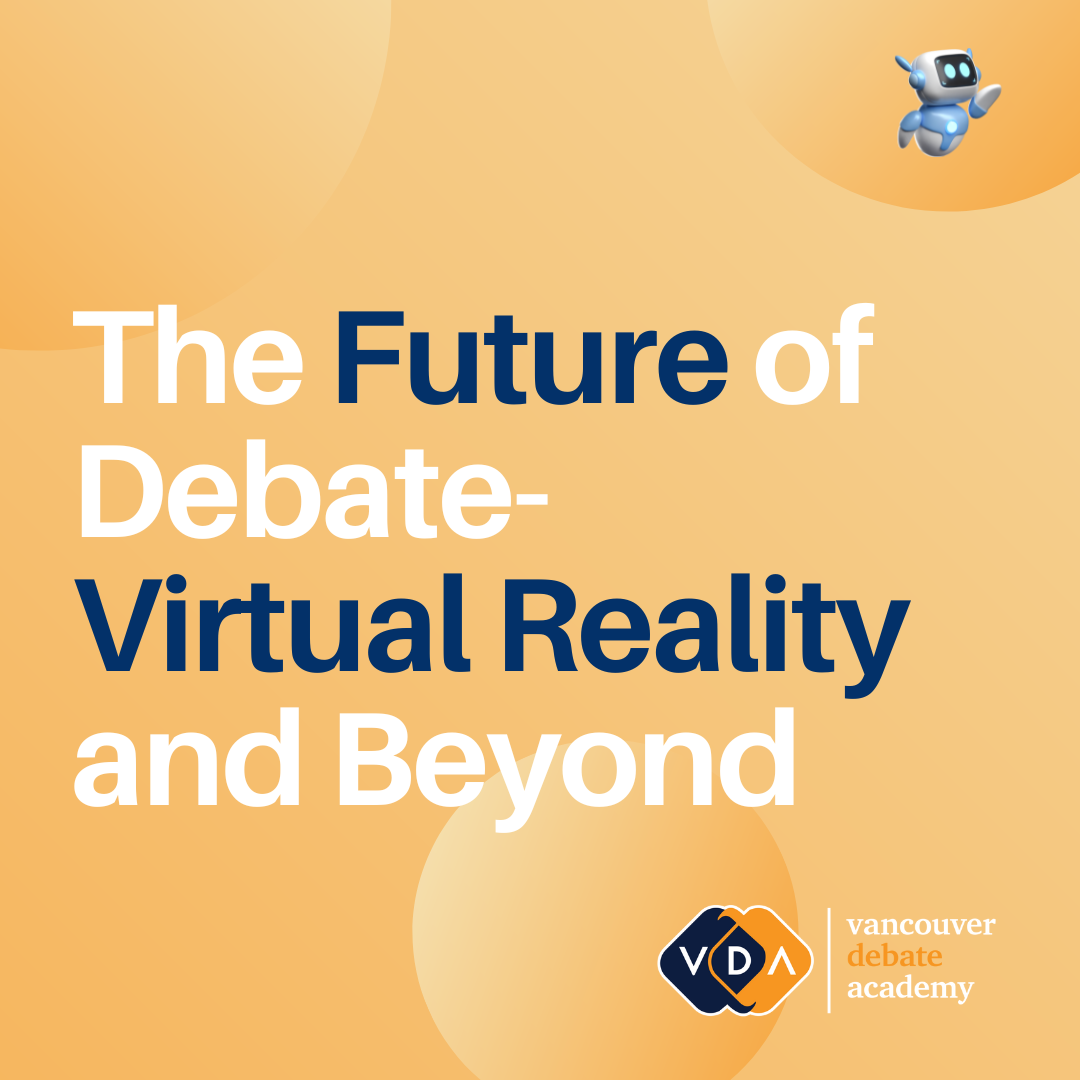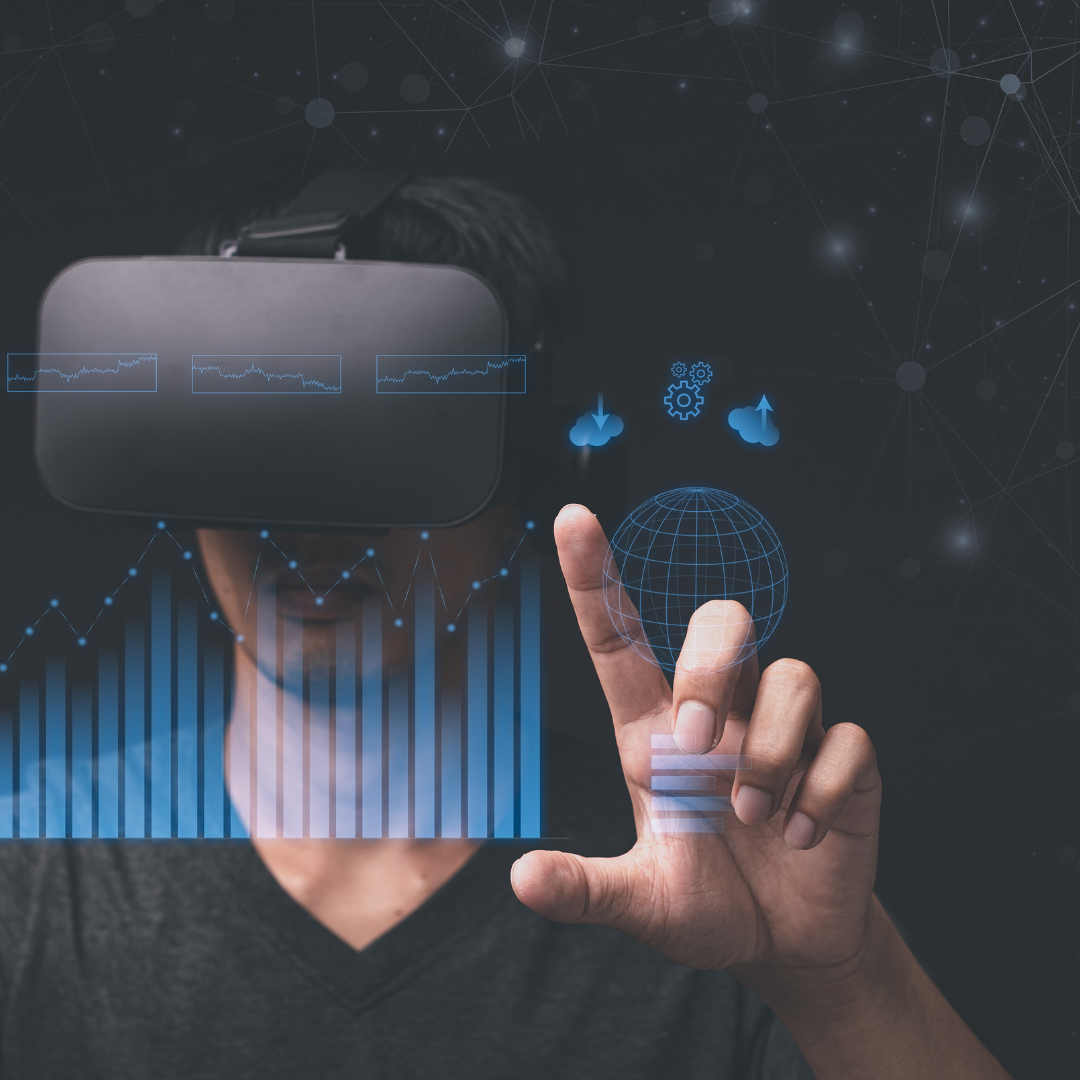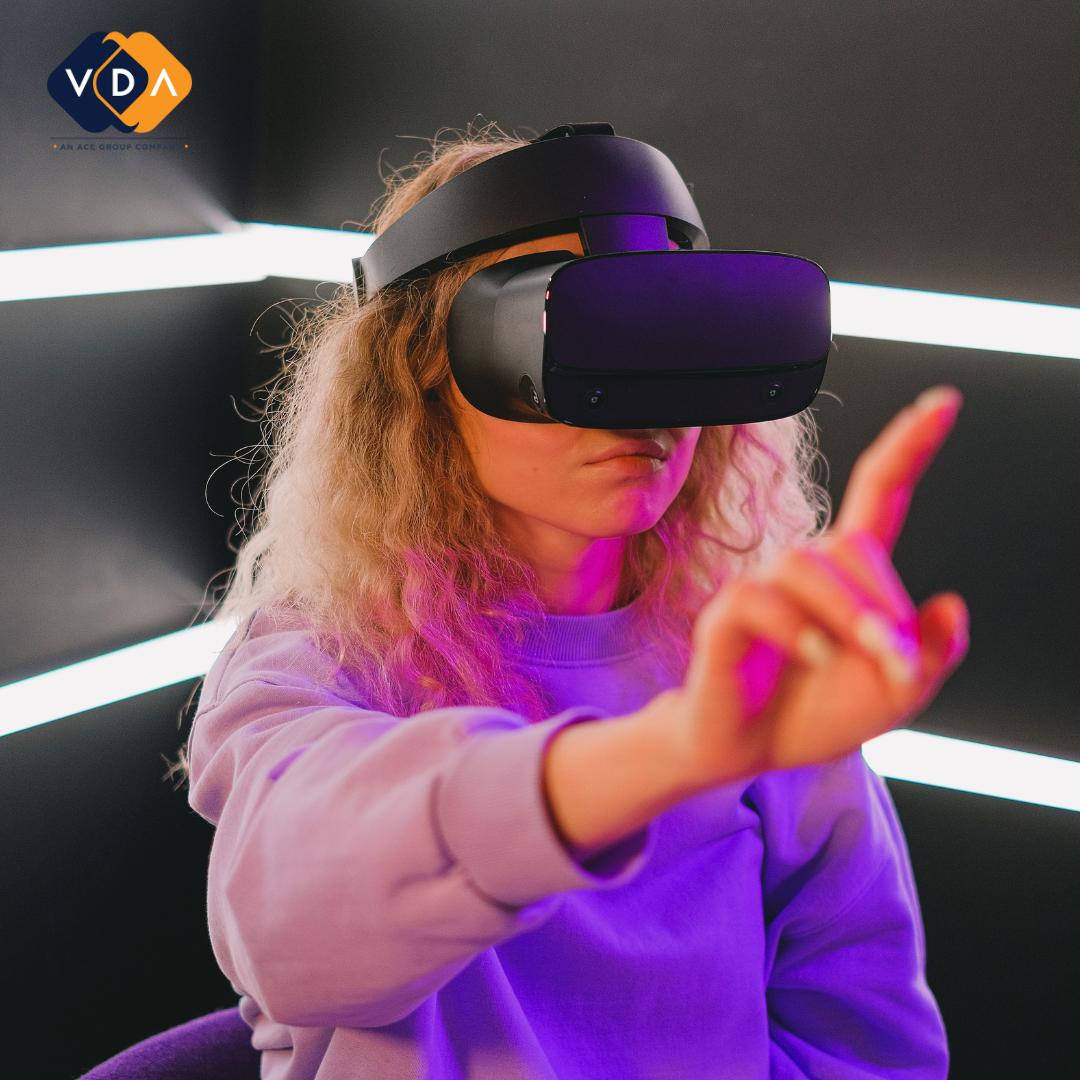The Future of Debate- Virtual Reality and Beyond

I remember the first debate tournament I ever attended. It was fall, and the air in the hallways of Mount Allison University was dense with tension and anticipation. There was a tactile energy to it all: the feel of the hand-me-down suit jacket I’d gotten from my older sister, too large at the shoulders, the shuffle of feet, the hurried conversations as debaters clutched their notebooks and scrawled last-minute notes. It was a ritual of presence—of being in the room, feeling the opposition across from you, watching the subtle shifts in body language, the rise of a brow, the shuffle of papers signalling your opponent was losing ground.

Then, years later, there was the pandemic, which dismantled these rituals in ways none of us could have anticipated. The rhythm of the world changed in March 2020. Suddenly, everything we once knew became something mediated through screens. We no longer sat across from each other in classrooms or lecture halls. We no longer felt the weight of the moment in the air around us, but rather, in the odd digital lag on Discord.
I distinctly remember my first virtual debate over summer 2020— fumbling with settings, my voice crackling through a low-quality headset. It felt disjointed. Discord notifications pinged, a strange dissonance against the formal register of debate. Gone was the immediacy of the space, replaced by avatars, by muted microphones and unspoken agreements that “We’re all figuring this out.” The debate itself? Oddly less stressful, the stakes lowered by the fact that my opponent’s face was a mere rectangle on the screen. But the accessibility it brought was undeniable. This new digital arena levelled a playing field that had, for decades, been shaped by geography and the cost of travel.
There’s something about debate that thrives on presence, on the weight of being there. But there’s also something about the pandemic that changed how we think about what presence means. I’d never debated someone from halfway across the world before, but there I was, at a virtual tournament, facing someone from a different time zone. Debate was no longer about who could afford to fly to a national tournament or who could take time off work to coach and compete. It became about connection through bandwidth, a room anyone could enter as long as they had the right link.
It’s tempting to say that this will be the future of debate—more tournaments, more discourse, all taking place in these strange digital rooms. And yet, even as we settle into these new patterns, I find myself wondering about the next iteration, the next shift in how we gather and argue. Virtual reality lurks in the background, something still out of reach for most of us but not unimaginable. As the technology develops, as the headsets become less clunky and more immersive, it seems inevitable: a debate where you don’t just see a pixelated version of your opponent’s face on a screen but instead stand beside their avatar, in a room meticulously designed to look like the lecture halls of before.

It’s exhilarating to imagine. A debate where immersion is the selling point, where we could recreate the physical experience of the event without the logistical burdens of travel. Imagine stepping into a room, hearing the ambient hum of virtual chatter, seeing your opponent across the space, watching their mannerisms as if they were sitting right next to you. The subtle cues we once relied on could return, transformed by technology that mimics the presence of a room—
fingers twitching as a speaker loses track of their flow, a nervous glance, the telltale shift in posture that comes before someone delivers their final rebuttal.
But VR, with its promise of immersion, also threatens to bring us back to the problem we thought we’d solved. The economic barriers that fell with online debate would once again rise, perhaps higher than ever. Headsets are expensive, and the infrastructure required to run VR tournaments—well, it’s not something everyone can access. The excitement of a more immersive experience, of avatars and virtual spaces, might make debate once again a sport of privilege. For many, the accessibility that came with Discord and Zoom might vanish.
There’s also the question of whether immersion can truly replace presence. Can a digital avatar really mimic the human subtleties we respond to in a debate? Can the buzz of a virtual room ever replace the feeling of standing at a podium, palms sweating, pulse racing? Can a conversation mediated by headsets ever match the chaos of scribbled notes passed between teammates or the quiet exchange of glances that say more than words?
We might argue, as debaters always do, that the answer is not one or the other but both. That the future of debate lies in expanding what we think of as “presence,” in exploring how technology can supplement, but not replace, the human experience. That maybe the real future lies in a hybrid of all of it—some debates that take place in virtual rooms, some that remain in the physical, and some that inhabit a strange, liminal space between the two.
In the end, the question of virtual reality in debate isn’t just a question of technology. It’s a question of what we value in discourse, of what we think debate is and should be. It’s a question of whether we believe that connection can be forged through fiber-optic cables and data streams as easily as it can be across a wooden table in a high school classroom.
The answer, like the best debates, is unresolved.
Written by Coach Sarah

